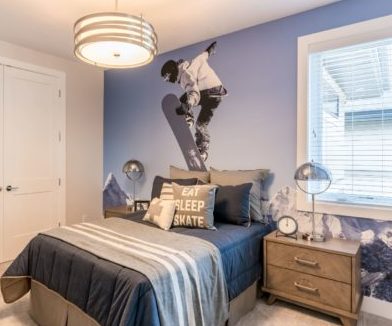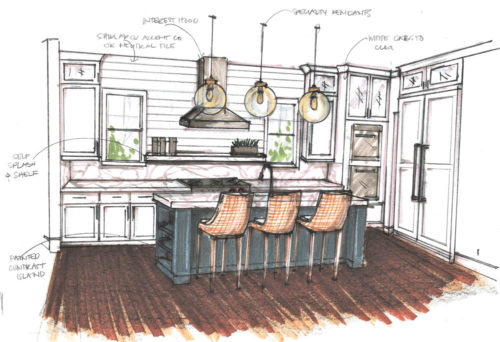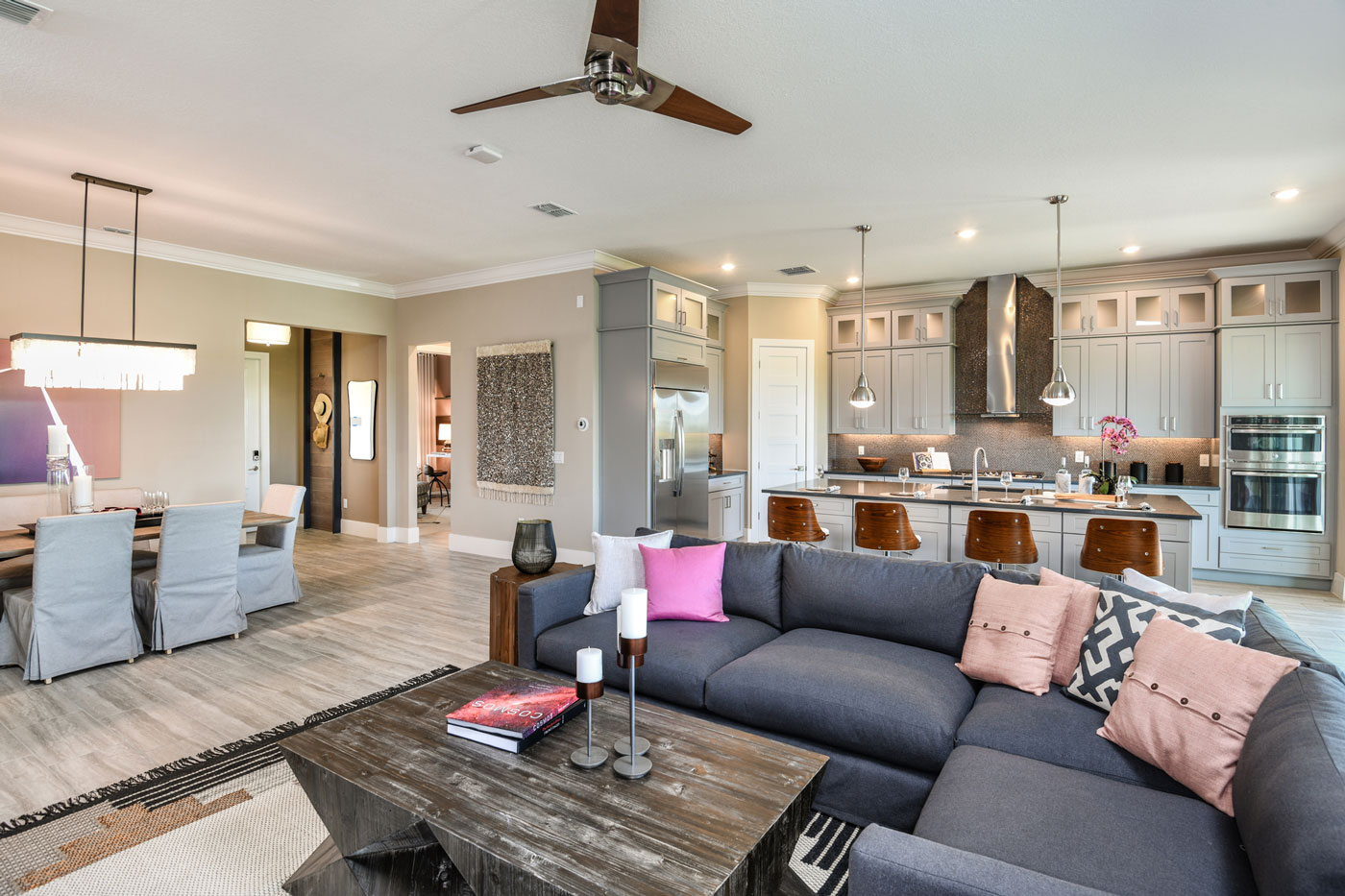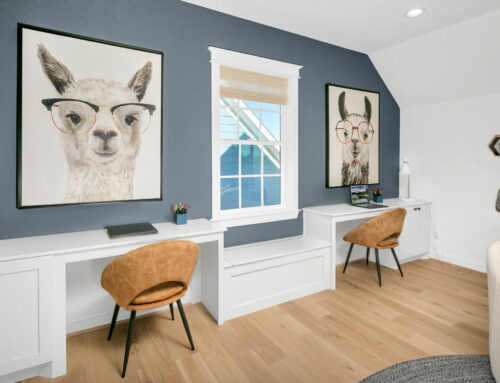Interior Designer/Merchandiser vs. Home Stager
It can be overwhelming figuring out all the different parties involved in selling a home. Knowing who to call for what can be problematic. In particular, we see a lot of confusion regarding what exactly an interior designer/merchandiser is as compared to a someone who stages a home. So, to help explain, we have highlighted two major differences between an interior merchandiser and a home stager.
It is important to note, however, that even within the interior design profession there are different distinctions. For example, a firm like ours works directly with a home builder/developer. There are other interior design/merchandising firms that work with individuals who are trying to sell their private residence. So, it is helpful to know exactly what you need done (e.g., create a model home to sell a community vs. decorate a private home to put on the market for sale) before you call in the professional.
Audience: General Buyer vs. Specific Owner
One of the most important distinctions between home staging and interior design is the intended audience. Home staging is meant to depersonalize a home so it will appeal to as many potential buyers as possible. Interior design, on the other hand, takes into account the architecture of a home, building codes, function, spatial relationships, and more.
For example: A home stager may use neutral paint colors for all the bedrooms. While an interior designer may recommend bright wallpaper or a mural with a sports theme as per the buyer profile.

Meeting the needs of the specific buyer profile in this Regal Homes, UT model.
Timeline: Hours vs. Weeks (or Months)
Real estate staging takes significantly less time than interior design. A professional staging company typically uses their inventory of materials and furnishings — or the existing ones in the home — to create an inviting space that appeals to target buyers. Interior designers/merchandisers (ideally) start the process at the very beginning. In many instances the builder may not have even broken ground on their model when they call the interior design firm. As professional interior designers have experience and knowledge of floor plan design, they are often tasked with working with the architect to maximize the floor plan appeal. We often create color palates, renderings, elevations, and the like for our projects. Additionally, interior designers need lead time to procure all the materials, furnishings, finishes, etc. from various vendors months in advance.
For example: Some real estate staging teams might require four hours to stage a vacant 4-bedroom home that’s otherwise move-in ready. While professional interior designers are often involved in the creation of the 4-bedroom home.

Rendering of Parkwood Homes Sterling Ranch kitchen
For more differences between interior designers/merchandisers and home stagers, or to learn how an interior merchandiser can help sell your model home, please contact us today. And, be sure to follow us on LinkedIn, and Instagram.






